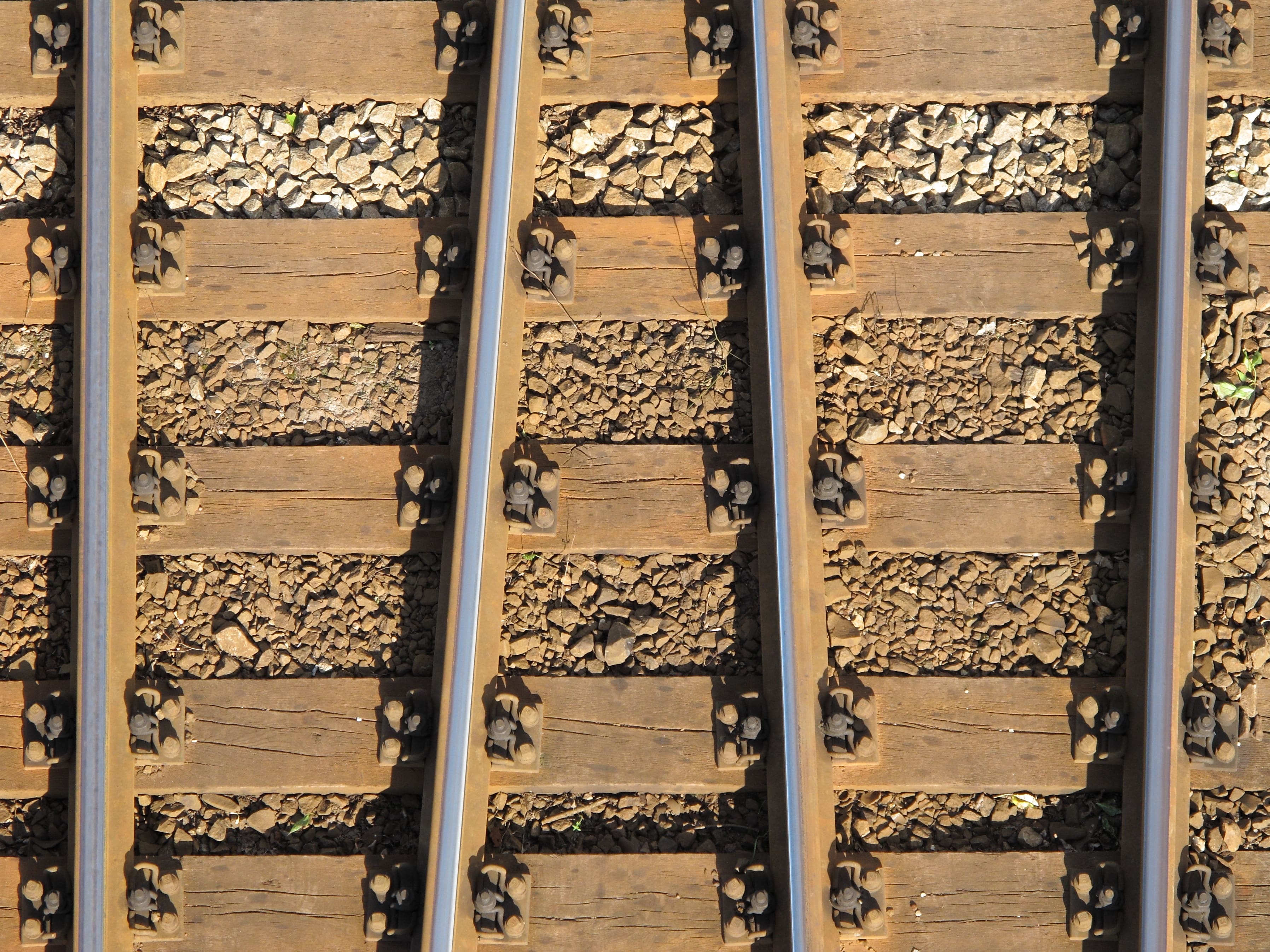
They may look insignificant to the passer-by, but railroad ties are, quite literally, the foundation upon which North America’s 200,000-mile rail network is anchored. Proper installation ensures that trains and hi-rail trucks have a solid base upon which they may transport both goods and commuters. Compromised ties can, ultimately, play a part in derailment situations. Railroads annually replace approximately 24 million wooden ties, roughly 7400 track miles. Railroad ties have been traditionally made of wood. Given consistent railroad expansion, new construction, and ongoing track maintenance, alternative tie options are conducive to satiating the market’s crosstie demand. Continue below to learn about the 4 major types of ties and their unique benefits.
# 1: Wooden Ties
Interestingly, wooden ties originally replaced those of rudimentary stone construction years ago, as the latter offered little structural flexibility. They have since remained the most popular option in railroad construction. Wooden ties are hardwood, because this material offers sturdiness and durability. Untreated hardwood rots somewhat easily when exposed to the elements. To prevent this, suppliers typically treat wooden ties with creosote. This increases their lifespan by 30 or 40 years. Wooden ties typically have lower acquisition costs.
They typically measure 8-10” thick and 8-10’ long. However, these dimensions vary in relation to differing regional requirements.
On average, an oak tree produces about four ties. Though oak is the most common lumber choice for wooden crosstie production, the American Railway Engineering Association states that 27 other varieties of wood are also used. such as chestnut, elm, and walnut. Much of the lumber utilized in crosstie production is from tree farms. Farmers maintain hundreds of acres of tree stocks by adhering to a systematic plant/grow/harvest rotation, which they have used for years, thus meeting market demands while also maintaining ecological stability.
# 2: Concrete Ties
A major benefit of concrete ties is their extended durability to adverse weather conditions. They have a lifespan of approximately 30 to 50 years, depending on product quality and environmental conditions. Precast concrete has a lower tie-per-mile ratio than its wooden counterpart; 2640 ties to wood’s 3250. They are also non-combustible. As such, their presence reduces the chance of track fires. The sturdiness of precast concrete ties can increase overall travel speed. Many high-speed rail systems in Europe utilize concrete ties for this very reason.
# 3: Steel Ties
Steel ties typically feature a box or convex design. The steel tie’s design minimizes the amount of ballast required to create a structurally sound tie bed. The design simplifies shipping as they tend to stack easily. Steel ties, like their concrete counterparts, boast extended lifespans. Shipping ease, extended lifespan, and ballast reduction collectively reduce both maintenance and operation costs for these ties.
# 4: Plastic Ties
Plastic ties, often called composite ties, are comprised of various synthetic materials rendered from recycled waste tires and plastics. Such materials include polyurethane resin and long glass fiber. Resilient against the elements, the composite tie’s synthetic composition boasts a lifespan of approximately 50 years. Many plastic ties have dimensions matching those of wooden ties, so they can be interspersed with wooden ties.
Ultimately, each tie holds its owns benefits. The suppliers to the railroad industry understand that product variance is conducive to growing markets.

